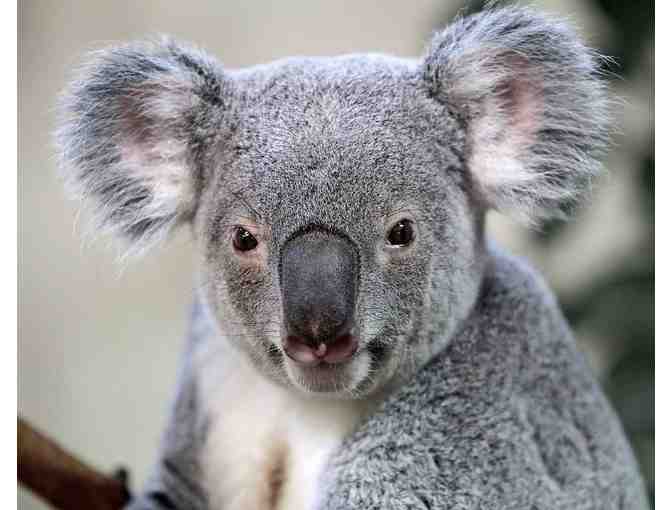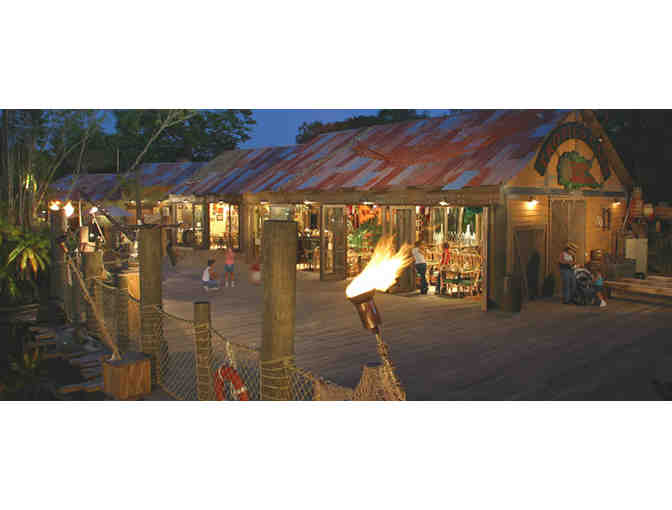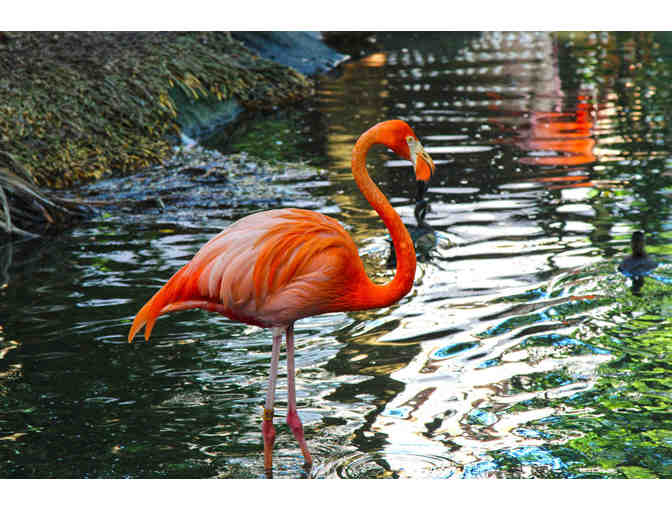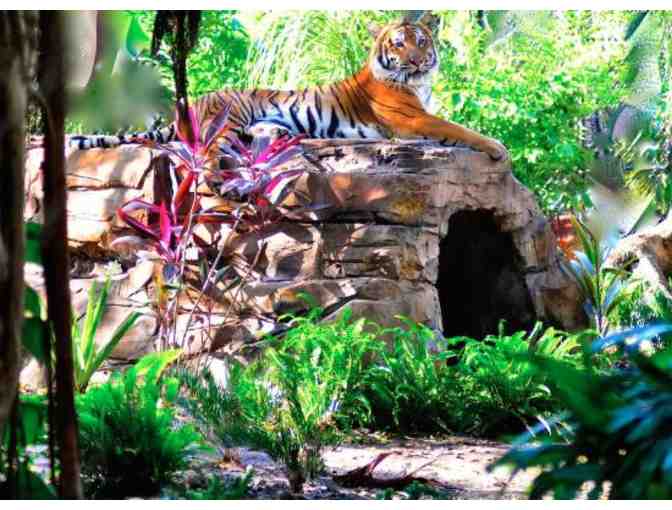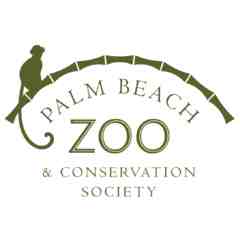Attractions
Palm Beach Zoo & Conservation Society - A Family 4-Pack of Tickets
- Item Number
- 197
- Estimated Value
- 100 USD
- Sold
- 40 USD to eocd4ae7a
- Number of Bids
- 2 - Bid History
Item Description
A Family 4-Pack of Tickets!
The Palm Beach Zoo had its beginnings in the 1950s when Paul Dreher, Parks Director for the City of West Palm Beach, developed a lush botanical garden in what was then known as Bacon Park. Dreher decided to add a “barnyard petting zoo” for the children of the community. Using just $18 of his own money, he opened his zoo with two ducks, a couple of chickens, a goose, and a goat. The collection was located on just one and one-half acres, and became known as the Dreher Park Zoo. The attraction soon became a favorite place for families, and the collection grew to include many more animals. In 1969, a group of committed citizens created the non-profit Zoological Society of the Palm Beaches and assumed responsibility for operating the Zoo.
The Zoo began charging a twenty-five-cent adult admission in 1970 and within 18 months attendance reached 125,000 visitors. In 1971, the Zoo expanded to its current size of 23 acres, and continued to increase the animal collection. 1971 also marked the arrival of Toppy, a 12-year-old Asian elephant, purchased for 1,000 books of “Top Value” trading stamps collected by the children and families of West Palm Beach. With the consistent and generous support of the community, the Zoo has grown to be one of South Florida’s best-loved attractions, and one of the best small zoos in the nation.
In order to better fulfill its mission to “protect wildlife and wildlife habitat, and to inspire others to value and conserve the natural world,” the Zoo began working with the Palm Beach County school system and in 1981 established a formal education division. This was the foundation for a successful program that now offers animal encounters, field trips, on-site classes, teacher training, summer camp, overnight adventures, and outreach programs. The Zoo education division now presents more than 2,400 programs each year that reach more than 128,000 individuals. An additional 113,300 individuals are reached by keeper talks and other animal care staff initiatives.

The Palm Beach Zoo began to achieve national standing in 1982 when it became the first zoo in the United States to build an outdoor display for the highly sensitive Goeldi’s monkey. In 1989, the Zoo was accredited for the first time by the American Association of Zoological Parks and Aquariums (now known as the Association of Zoos and Aquariums - AZA).
1997 was a turning point in the Zoo’s history. The Society board announced plans for a $30 million redevelopment of the Dreher Park Zoo, the result of a single gift from board-members George and Harriett Cornell. Their gift is among the largest gifts received by any American zoo. Tiger Falls, a lush jungle home featuring a 17-foot high waterfall for the Zoo’s Bengal tigers, was opened in 2000. The next phase of the redevelopment was The Florida Pioneer Trail, which opened in 2001 with new exhibits for Florida panther, bald eagle, American alligator, and a recreation of a cypress swamp habitat featuring 30 feet of underwater viewing of an active group of river otters. The following year, the Zoo opened the Tropics Café, its first full-service restaurant which overlooks Baker Lake and a spectacular natural rookery for local, regional, and migratory birds.
The redevelopment continued in 2003 with the installation of the Zoo’s Interactive Fountain and Orientation Plaza where Zoo guests can splash in a 54’ circular fountain that includes 325 water jets and more than 200 colorful lights. The fountain can be synchronized to any music with dancing waters that can rise more than 50 feet in the air. In 2004, the Zoo opened the Harriett W. & George D. Cornell Tropics of the Americas, a large exhibit with displays for over 300 new animals including jaguars, giant anteaters, capybara, bats, New World monkeys, and a diverse collection of tropical birds. The expansive jaguar exhibit is widely recognized as the best exhibit for jaguars in America.
In 2005, the Zoo successfully recruited Dr. Terry L. Maple, one of the nation’s leading zoo experts, to serve as President and CEO. In his two decades as President of Zoo Atlanta, Dr. Maple led the programming, design, funding, and implementation of the Zoo’s multi-million dollar revitalization, and brought it to its current stature as one of the nation’s best and most innovative zoos. Dr. Maple served until 2011.

In 2006, the esteemed design firm of CLR, based in Philadelphia developed a master-plan for the future Zoo. Their first project led to the construction of a theatre where raptors and other birds exhibit flight and meet visitors at close quarters. The wildlife show, known as Wings over Water is presented daily, as is the Wild Things show. Over 100 animal shows and demonstrations are provided for Zoo visitors each week. The complete conceptual master-plan for the Palm Beach Zoo was completed in December 2008. The first major project, the Melvin J. & Claire Levine Animal Care Complex opened on Earth Day, April 22, 2009. This 10,000 square foot facility includes the Salvatore M. Zeitlin Animal Hospital(named for the Zoo’s longtime consulting veterinarian and former Zoo director), and the Center for Conservation Medicine. It is the nation’s first LEED certified (Gold) zoo animal hospital. Thanks to a grant from Florida Power and Light Corporation, it is equipped with solar panels.
In September of 2011, the Zoo named Andrew Aiken as President and CEO. Aiken had served on the Zoo’s board of directors since 2002 and was a leader in the Zoo’s successful expansion. As chairman of the Construction Oversight Committee, Aiken was responsible for development of exhibits including the Cornell Tropics of the Americas, Florida Reptile House, Wings over Water Bird Show Theatre, the Koala Forest, and the Melvin J. and Claire Levine Animal Care Complex.
The Palm Beach Zoo now houses over 700 animals from Florida, North, South and Central America, Australia, and Madagascar. More than 314,000 people visit each year, and over 5,900 households maintain annual memberships. The Palm Beach Zoo remains fully accredited by the Association of Zoos and Aquariums (AZA).
In October 2013, the Zoo changed it's name to the Palm Beach Zoo & Conservation Society. The addition of the "& Conservation Society" helps the Zoo to bring many conservation programs it is working on to the forefront in an effort to inspire people to act on behalf of wildlife and the natural world.
Item Special Note
Expires: November 9, 2020
Tickets gain admission during regular zoo hours 9:00-4:15PM. Tickets will not gain admission during events which zoo members pay an additional fee.
Donated By:
Golden Grove Community Elementary School PTO stores data...
Your support matters, so Golden Grove Community Elementary School PTO would like to use your information to keep in touch about things that may matter to you. If you choose to hear from Golden Grove Community Elementary School PTO, we may contact you in the future about our ongoing efforts.
Your privacy is important to us, so Golden Grove Community Elementary School PTO will keep your personal data secure and Golden Grove Community Elementary School PTO will not use it for marketing communications which you have not agreed to receive. At any time, you may withdraw consent by emailing Privacy@frontstream.com or by contacting our Privacy Officer. Please see our Privacy Policy found here PrivacyPolicy.

